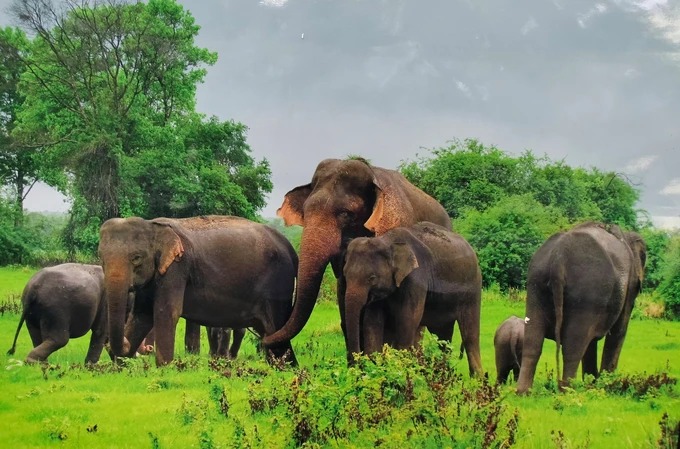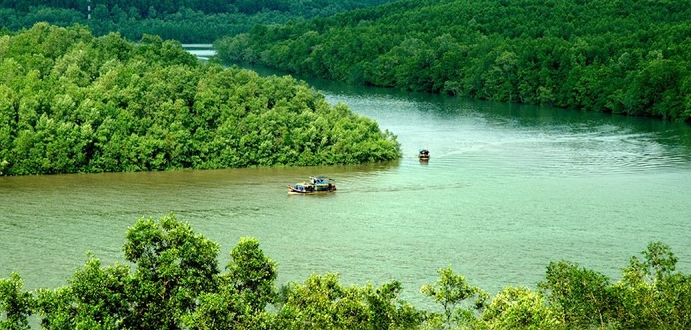
According to the United Nations Development Program (UNDP), Vietnam is one of the countries with the richest biodiversity in the world and many ecosystems including tropical forests, marine and coastal ecosystems. More than 100 bird species and 10 percent of flora in the country are endemic.
However, experts from the World Wide Fund for Nature in Vietnam (WWF Vietnam) warned that Vietnam's biodiversity is degrading.
Pham Minh Thao, Director of WWF Vietnam's Program Development, said that the degradation of natural ecosystems greatly affects the supply chains of food, energy, infrastructure, and transportation as well as people's lives. She blamed the degradation to population growth, changes in land use, unsustainable exploitation of natural resources, and impact of global climate change and environmental pollution. In addition, the legal system on biodiversity protection is incomplete and ineffective, while the awareness of authorities and people about the issue remains limited.
Hoang Thi Thanh Nhan, Deputy Director of the Ministry of Natural Resources and Environment’s Nature Conservation and Biodiversity Department, said preventing biodiversity loss in Vietnam not only fulfills national targets but also contributes to achieving global goals.
To reduce biodiversity loss, Nhan said the Vietnamese Government promulgated the National Biodiversity Strategy to 2030, with a vision to 2050, which aims to increase the acreage of protected ecosystems and promote the conservation and sustainable use of biodiversity, contributing to socio-economic development in the direction of green economy and proactive adaptation to climate change.
Besides the strategy, the Government has also issued a project to strengthen the prevention and combat against biodiversity crimes until 2030, with a vision to 2050, with a resolve to create breakthroughs in compliance with regulations relating to biodiversity.

Last year, the Ministry of Natural Resources and Environment submitted the draft National Biodiversity Conservation Plan for 2021 – 2030 period, with a vision to 2050 and the draft national program on conserving endangered, precious and rare wildlife to 2030 with a vision towards 2050 to the Prime Minister for approval.
Specialized agencies are also urgently finalizing amendments to Decree No.08/2022/ND-CP and Circular No.02/2022/TT-BTNMT providing detailed guidance on the implementation of some provisions of the Law on Environmental Protection which include content on biodiversity impact assessment and biodiversity compensation.
This year, the Nature Conservation and Biodiversity Department will assess the 15-year implementation of Law on Biodiversity, Thao said, elaborating that it will create a foundation for proposing amendments to the 2008 Law on Biodiversity.
Meanwhile, research will be conducted to propose mechanisms, policies, and management measures for protecting natural landscapes, establishing management mechanisms for conservation areas beyond protected areas, she continued.
The implementation of commitments in the Kunming-Montreal Global Biodiversity Framework, which was adopted during the 15th Meeting of the Conference of the Parties to the Convention on Biological Diversity organized by the United Nations in December 2022 in Montreal, Canada, is also a motivation for Vietnam to work harder in reversing the biodiversity decline trend.
























